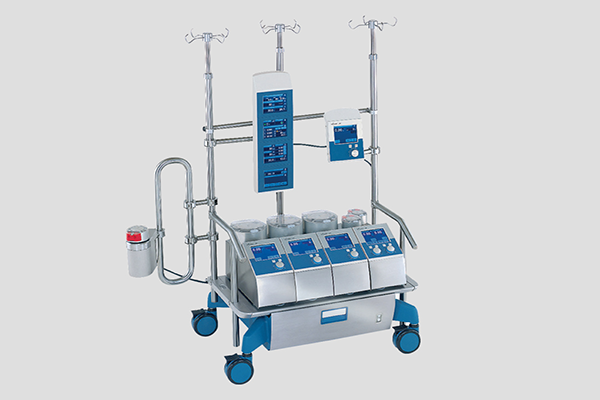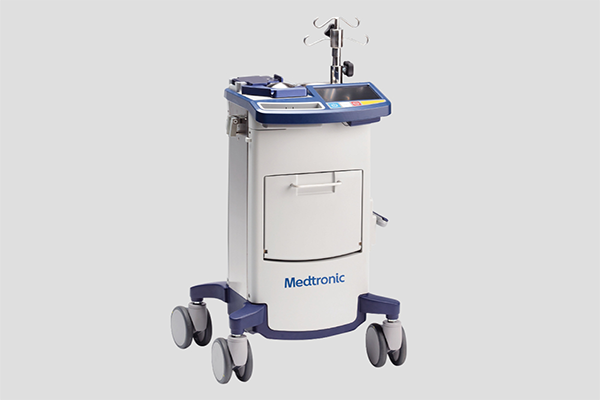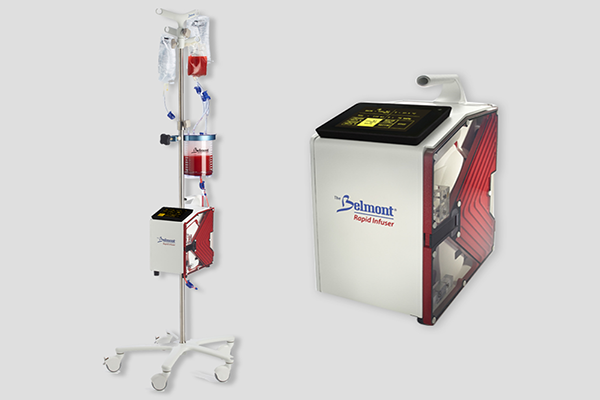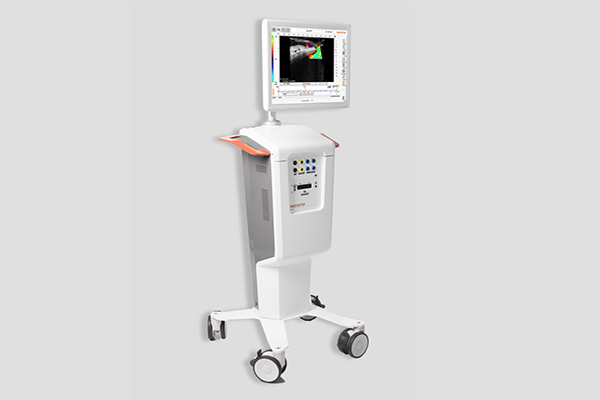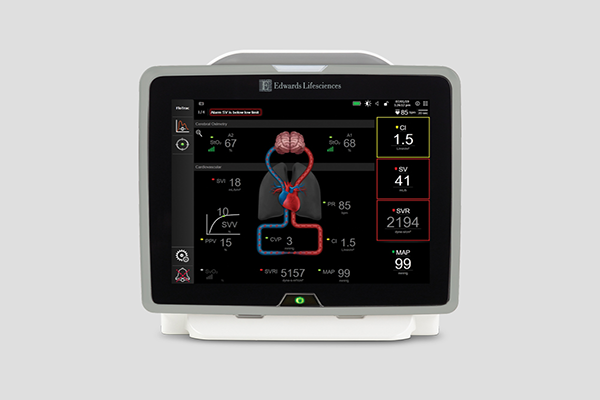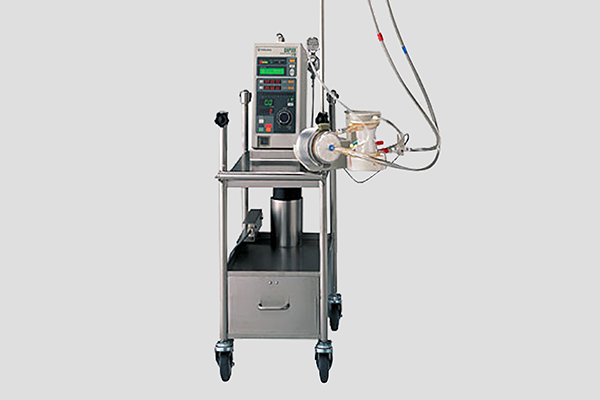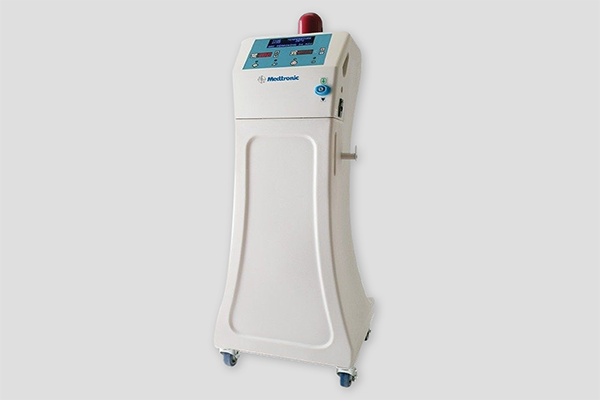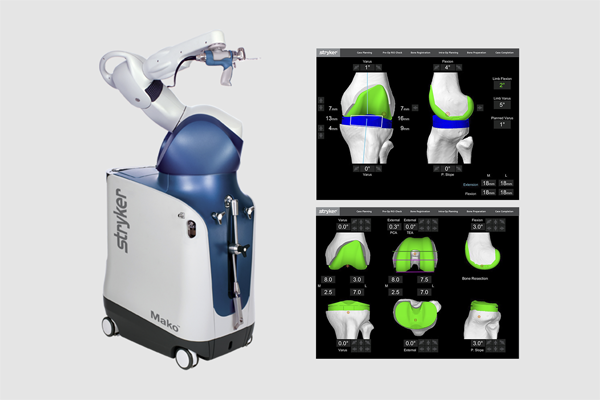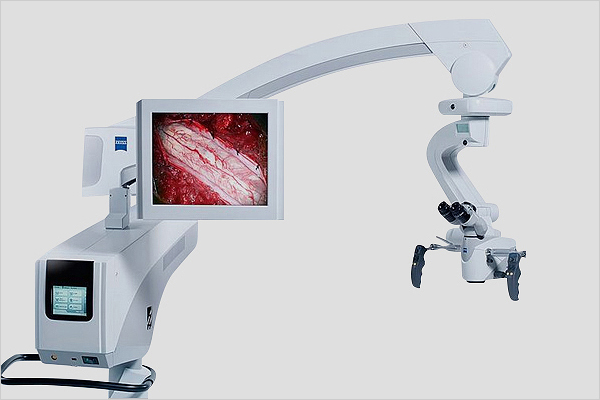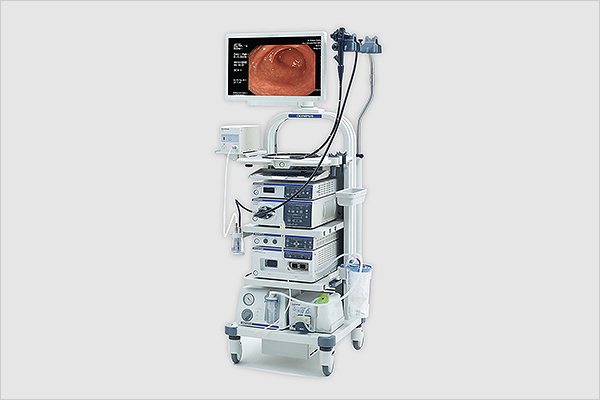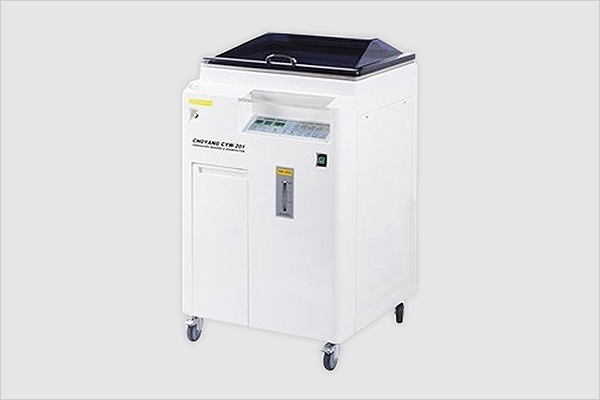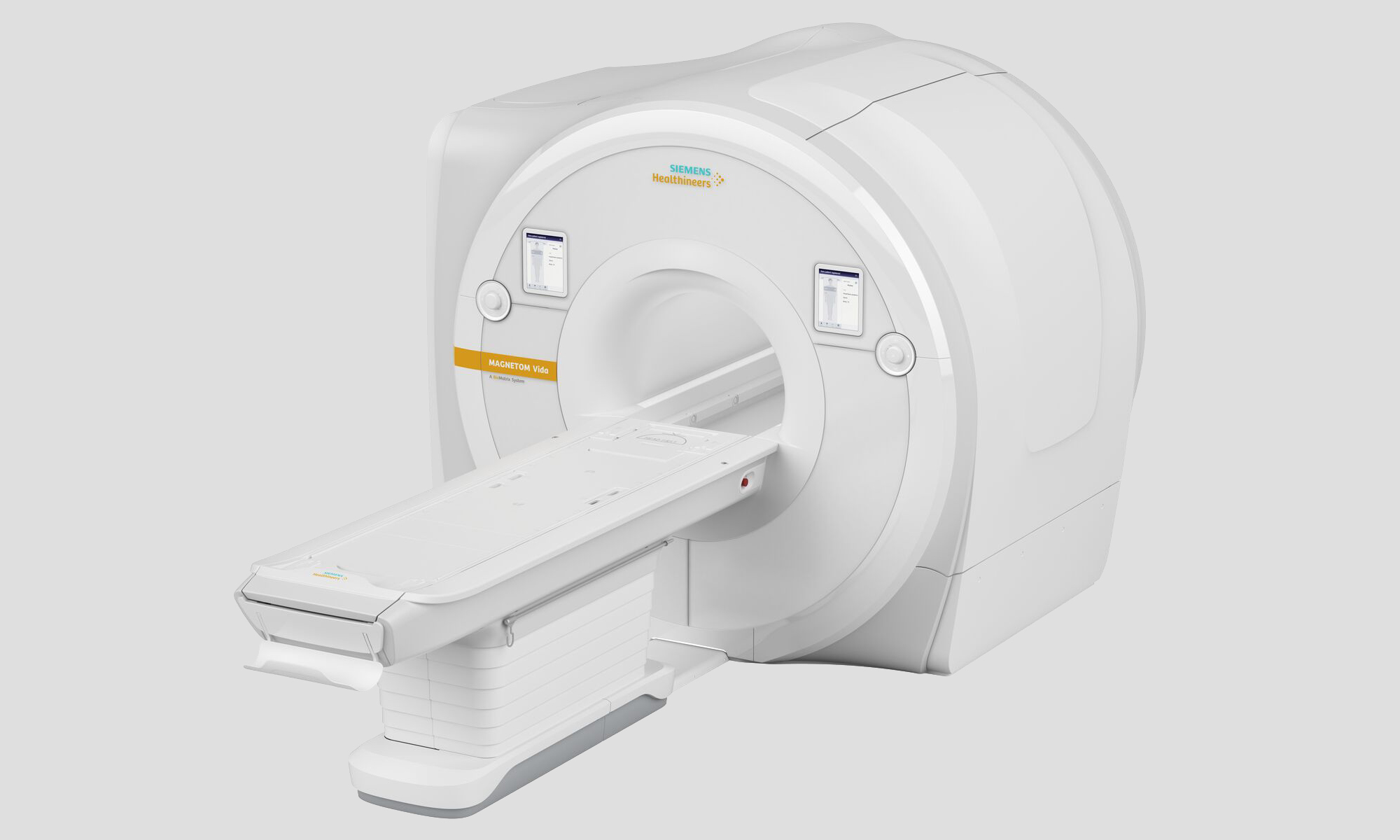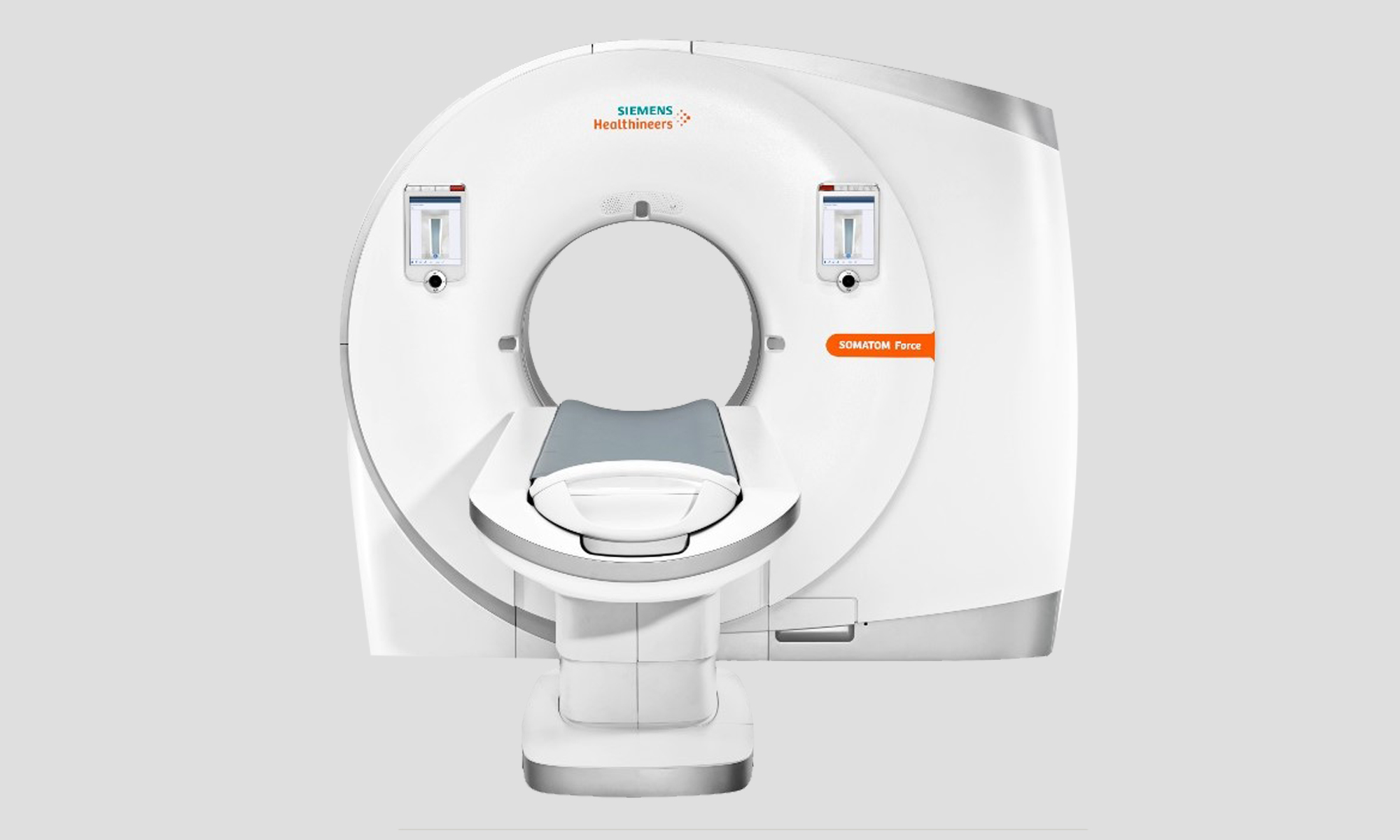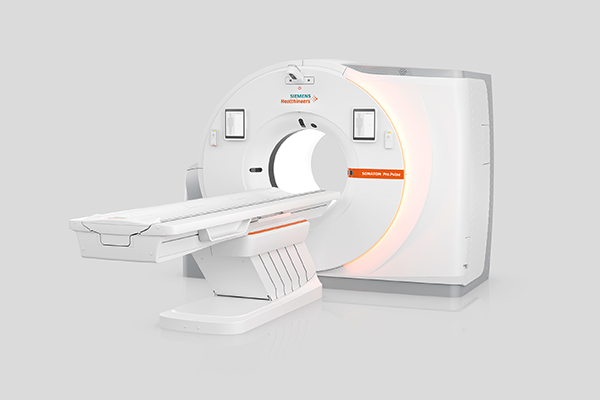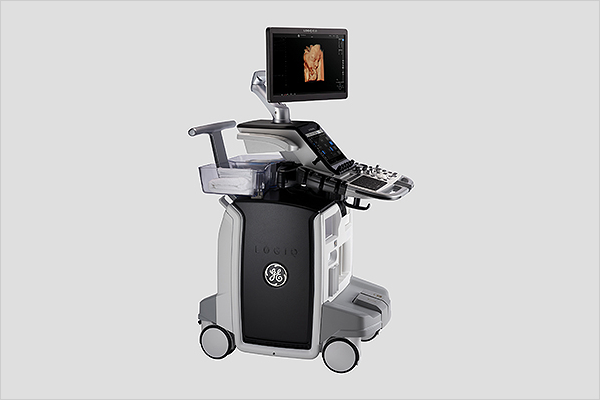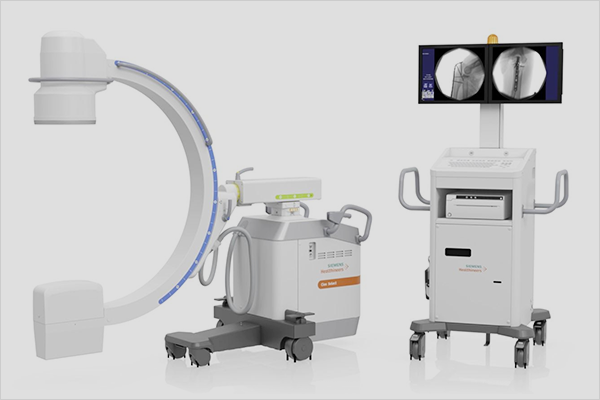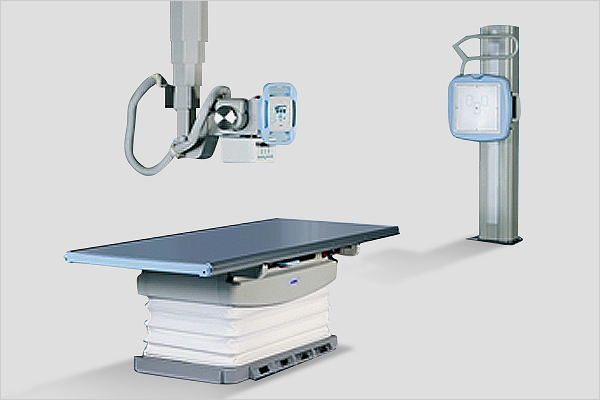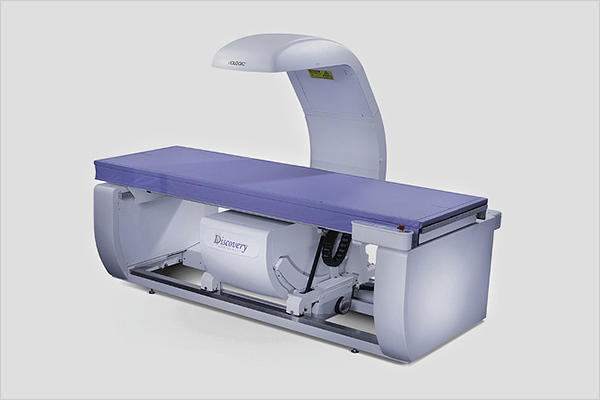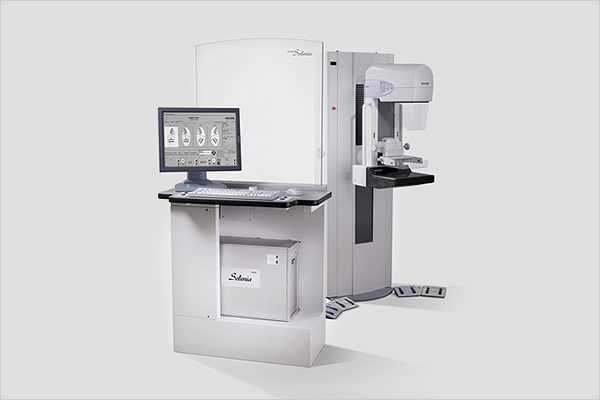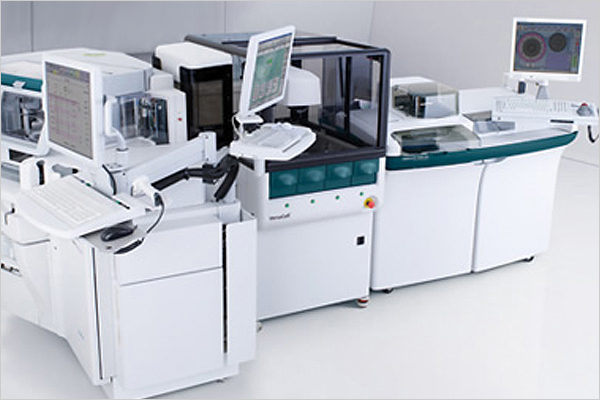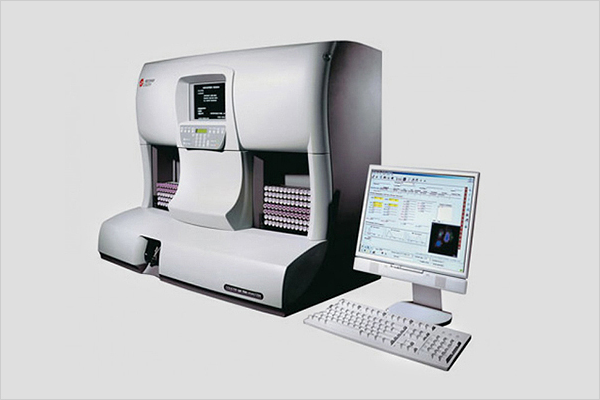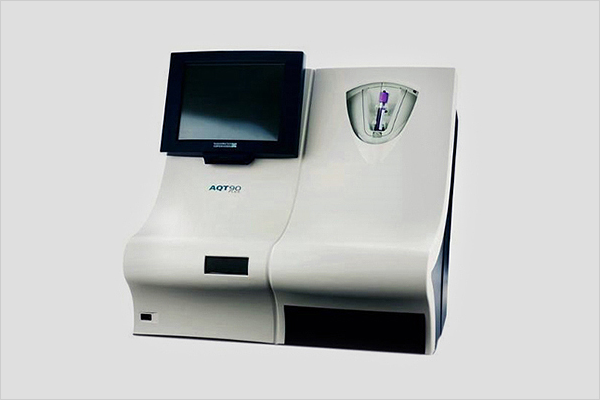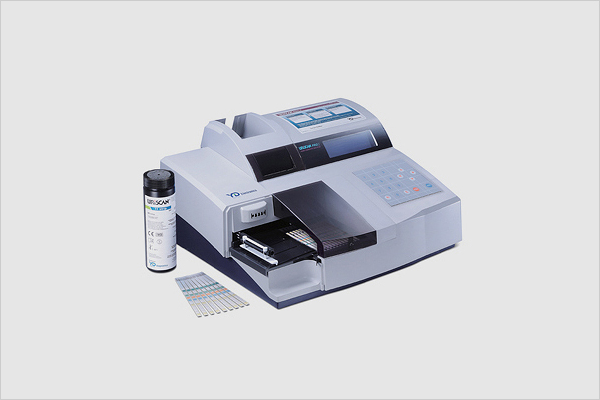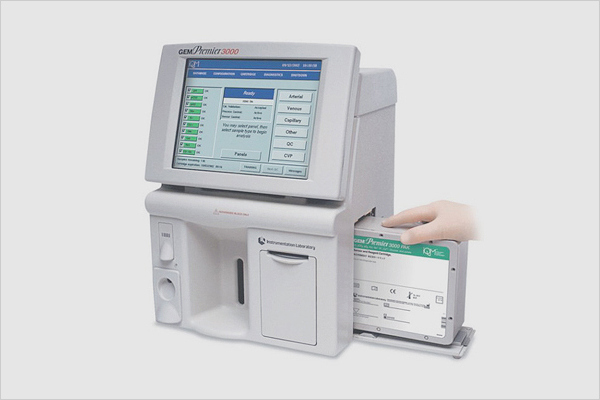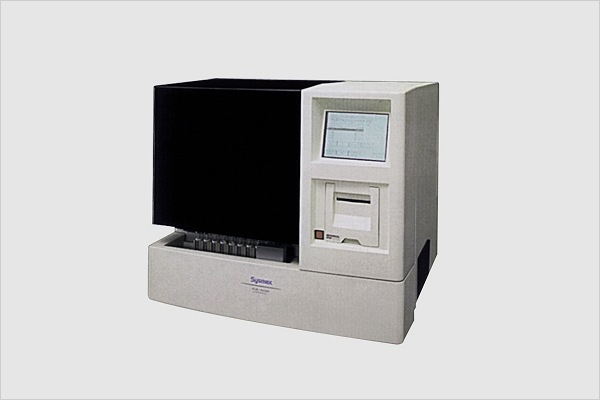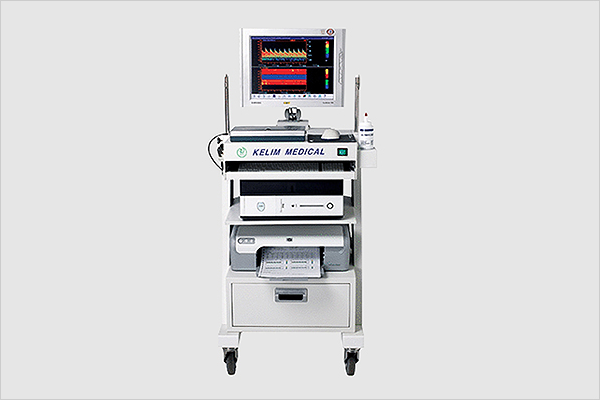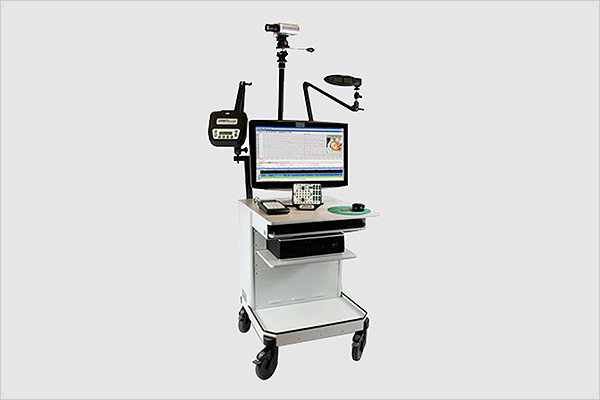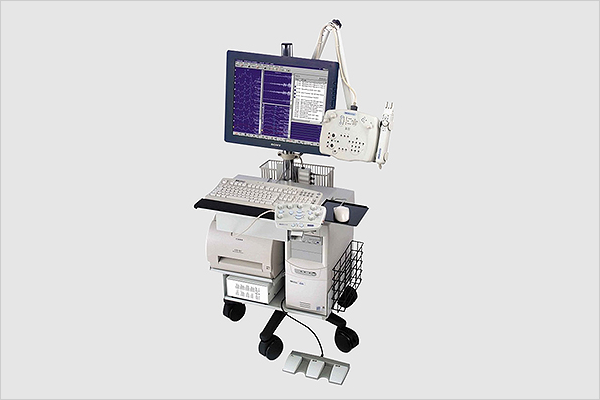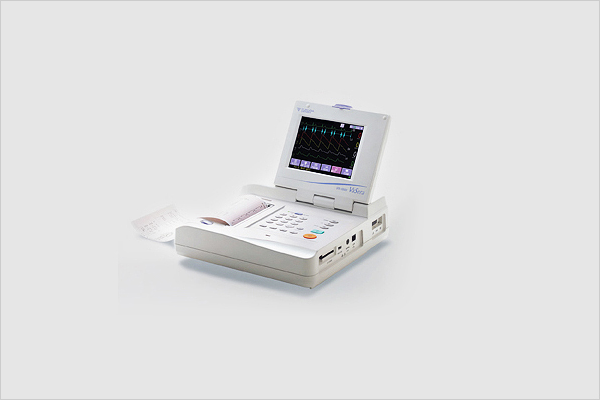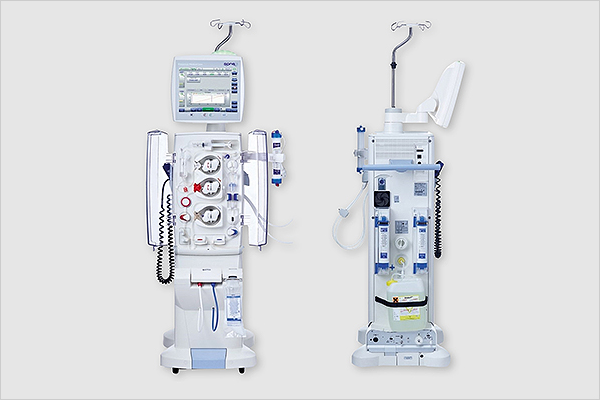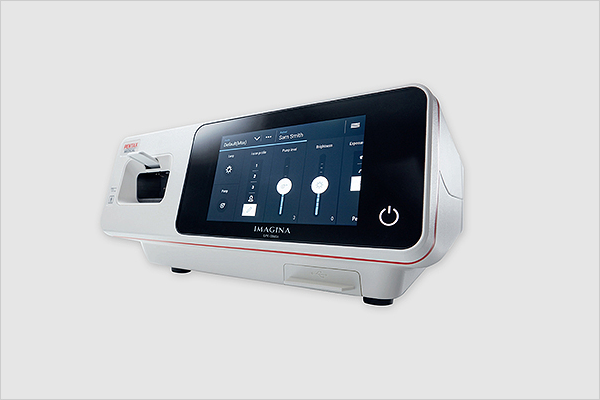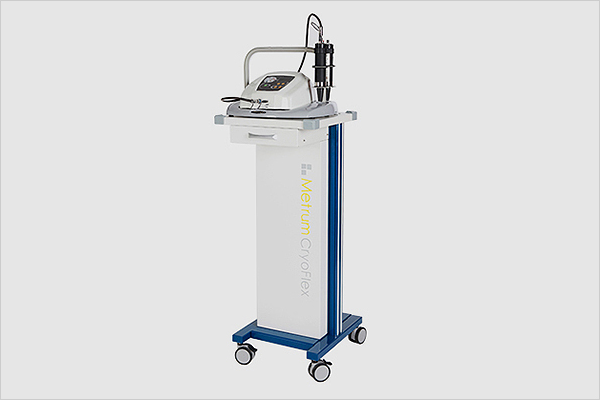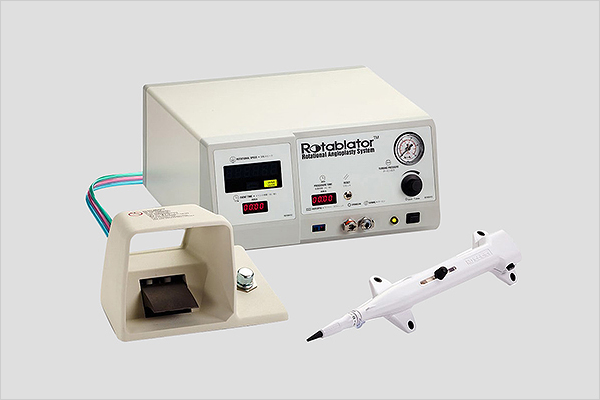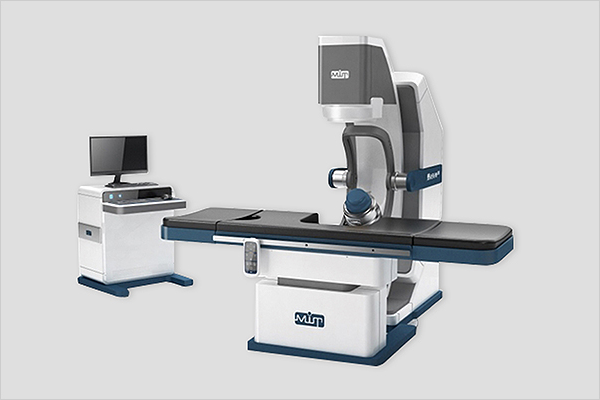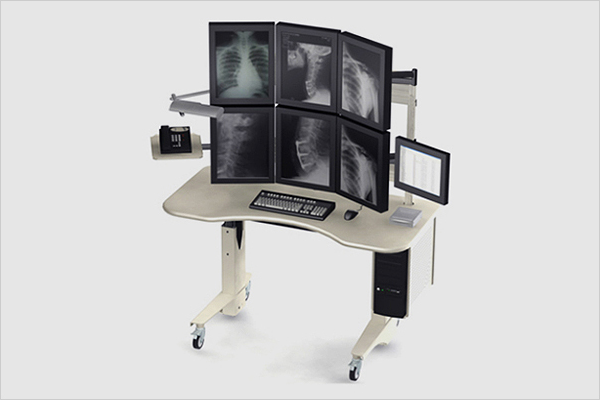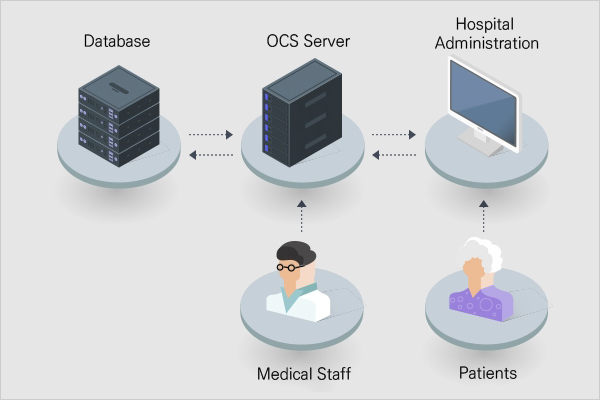- Departments/Doctors
- Medical Services
- Inpatient Services
- Emergency Medical Services
- Issuance Services
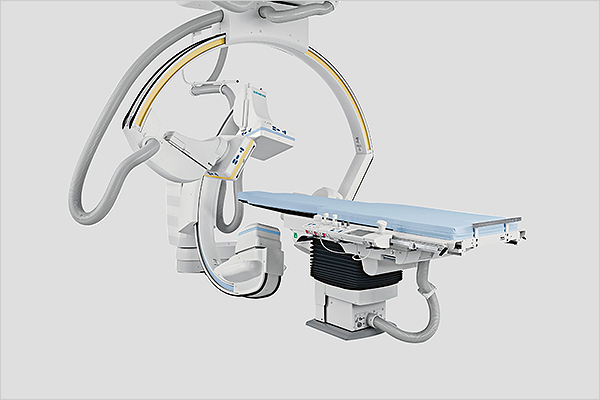
-
Angiography equipment (Artis zee PURE Biplane)
- This equipment uses the latest 3D imaging technique and DSA angiography technique, in which bones or muscles unnecessary for diagnosing vascular lesions are excluded in imaging and rapid heart movement does not influence the diagnosis of coronary artery stenosis.
-
Angiography equipment (Artis zee HDR floor)
- A device that implements high-resolution imaging with low radiation doses, enabling precise and clear observation of arterial, venous, and microvascular lesions. This allows for accurate treatment through minimally invasive interventional procedures. The device features fast image acquisition and processing times, and supports examinations and procedures from various angles, making it the most suitable and superior equipment for angiography and vascular interventions.
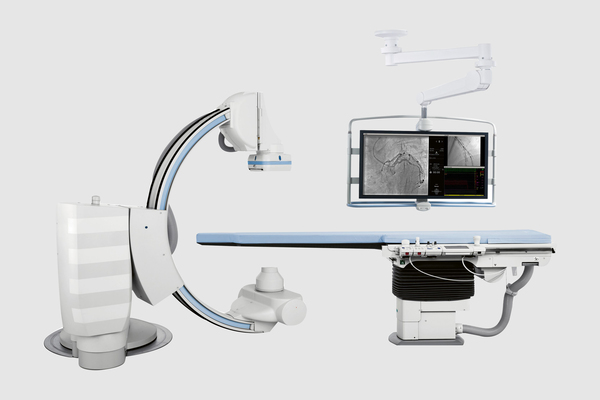

-
Intra-aortic balloon pump equipment(IABP)
- IABP temporarily assists the function of the left ventricle by causing a balloon located in the aorta to collapse when the heart contracts and expands when it relaxes. Since the balloon works against the movement of the heart, it reduces the burden on the heart, reduces myocardial oxygen demand, and increases myocardial blood supply through the coronary arteries.
-
Endovascular ultrasound equipment (iLab Polaris Imaging system)
- This device inserts a thin catheter with ultrasound into the blood vessel and shows the image to check the presence and extent of blood vessel stenosis accurately. In addition, the size of the actual blood vessel and the length of the lesion can be identified, allowing for an appropriate selection of the size of the balloon or stent during coronary intervention.
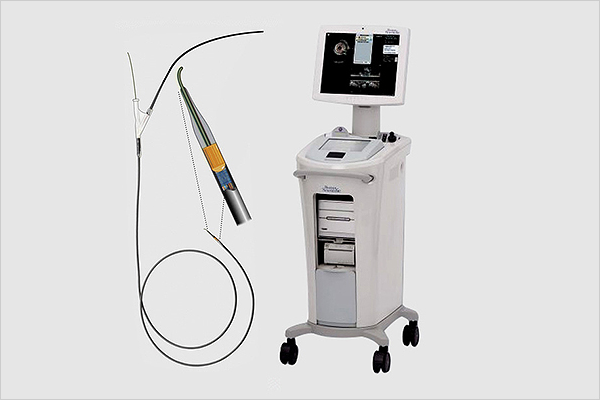
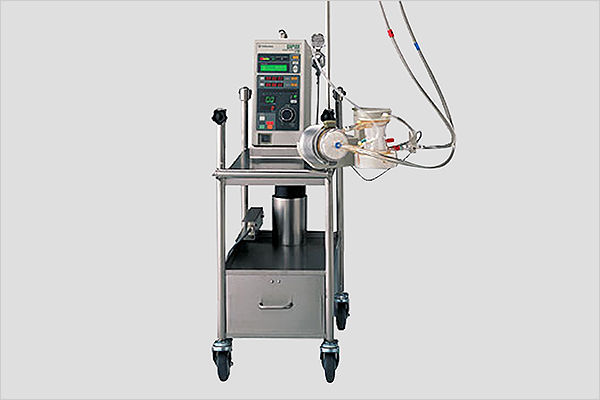
-
Extracorporeal membrane oxygenation (ECMO)
- ECMO is a device for patients whose life is at stake due to decreased heart and lung function, in which the patient's venous blood is drawn, passed through an oxidizer and fed back to the blood to assist circulation and breathing functions. Because it circulates blood directly, it is effective for patients with heart problems.




